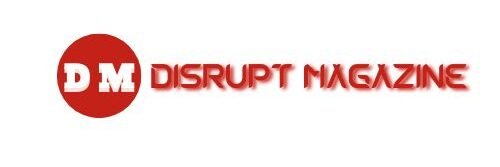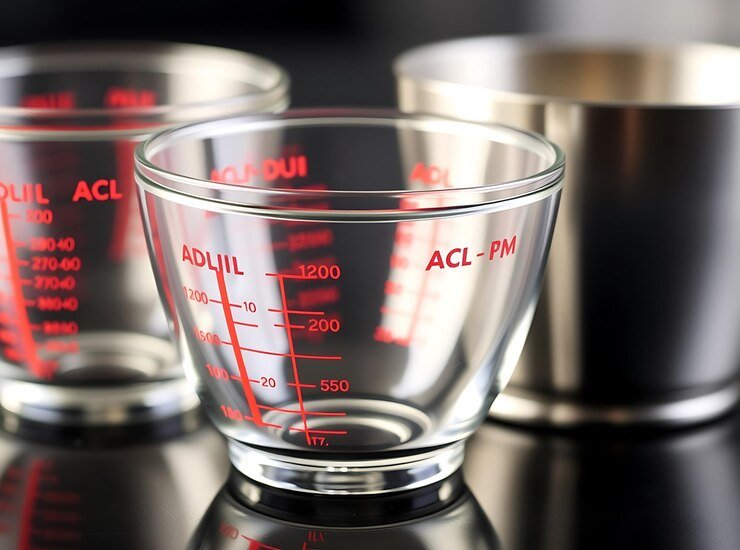Pharmaceutical calculations play a significant role in the practice of pharmacy. Whether you’re preparing a medication or administering a dose, ensuring that the correct amount of medication is delivered is paramount to patient safety. One of the key areas tested on the North American Pharmacist Licensure Examination (NAPLEX) involves understanding unit conversions, such as milliliters (ml) to ounces (oz). Mastering these conversions is crucial for any aspiring pharmacist as it forms the foundation for accurate medication dosage and administration.
This article will walk you through everything you need to know about milliliters in an ounce, focusing on their importance for the NAPLEX exam, common conversions, practical tips, and how to apply these conversions in real-life pharmaceutical calculations.
Why Is Fluid Conversion Important for NAPLEX?
The NAPLEX is designed to evaluate the competency of aspiring pharmacists, and a key part of this is their ability to make precise calculations, including converting fluid volumes from one unit to another. Pharmacists often deal with liquids—whether it’s preparing IV infusions, measuring liquid medications, or calculating how much of a solution is required to meet a specific prescription. Errors in these calculations can lead to incorrect dosages, which could have severe consequences for patient health.
Accurate conversions between milliliters and ounces, among other units, are fundamental to ensuring that doses are properly administered.
The Basics: Milliliters and Ounces
To begin, let’s break down what milliliters and ounces are.
Milliliters (ml): A milliliter is a unit of volume in the metric system. It’s equivalent to one-thousandth of a liter (0.001 L) and is often used to measure small quantities of liquid.
Ounces (oz): Ounces can be a bit more confusing because there two types commonly encountered pharmacy setting:
Fluid ounces (fl oz): unit volume used measure liquids. In the U.S. customary system, 1 fluid ounce is approximately 29.5735 milliliters.
Avoirdupois ounce (oz): This unit weight commonly used U.S. system, but context of liquid medications, fluid ounce relevant measure.
purpose pharmaceutical calculations NAPLEX, focus fluid ounce, which used when measuring liquid medications. Understanding how to convert between these units is essential.
Conversion Formula: Milliliters to Ounces
The key formula for converting milliliters to ounces (and vice versa) is based on the relationship:
1 fluid ounce (fl oz) = 29.5735 milliliters (ml)
This means if you have a liquid volume in milliliters, you can convert it to fluid ounces using the following formula:
\text{Fluid ounces} = \frac{\text{Milliliters}}{29.5735}
Alternatively, to convert fluid ounces to milliliters, use:
\text{Milliliters} = \text{Fluid ounces} \times 29.5735
These formulas provide a straightforward way to handle volume conversions in the context of pharmaceutical calculations.
Example Calculations
Let’s work through a few practical examples of how to convert milliliters to ounces and vice versa. These types of calculations are essential for the NAPLEX exam.
1. Convert 120 ml to ounces:
Using the formula:
\text{Fluid ounces} = \frac{120}{29.5735} \approx 4.06 \text{ ounces}
So, 120 ml is approximately 4.06 fluid ounces.
2. Convert 8 ounces to milliliters:
Using the conversion:
\text{Milliliters} = 8 \times 29.5735 = 236.588 \text{ ml}
Therefore, 8 fluid ounces is approximately 236.6 milliliters.
Applying Conversions in NAPLEX Exam Scenarios
Understanding how to apply these conversions is critical for the NAPLEX exam. In practice, you’ll encounter scenarios where you need to adjust medication dosages based on volume conversions. For example, if a prescription written medication requiring 2 fluid ounces of solution but available product is in milliliters, you will need convert ounces milliliters to accurately dispense medication.
Let’s take a look at a common NAPLEX question:
Question: patient i prescribed liquid medication that requires 5 fluid ounces for a single dose. How many milliliters should you dispense?
Solution: Use the conversion formula:
\text{Milliliters} = 5 \times 29.5735 = 147.8675 \text{ ml}
Practical Tips for Remembering Conversions
Preparing for the NAPLEX requires memorizing several important conversion factors. Here are a few tips to help you remember the ml to oz conversion:
1. Memorize key conversions: It’s useful to memorize that 1 fluid ounce is equal to about 30 milliliters. This slight rounding (from 29.5735 to 30) can simplify calculations for exams and everyday practice.
2. Use mnemonic devices: Create a memory aid like “One ounce rounds up to thirty ml” to reinforce the conversion in your mind.
3. Practice regularly: Consistent practice with NAPLEX-style questions will reinforce your understanding of conversions and improve your calculation speed.
Importance of Accuracy in Pharmaceutical Practice
Accurate conversions and calculations are non-negotiable in pharmacy practice. Even minor errors can result in significant consequences, including underdosing or overdosing, which can affect patient outcomes. Therefore, mastering these conversions not only prepares you for the NAPLEX exam but also ensures your success as a pharmacist.
Conclusion
Understanding the conversion of milliliters to ounces is essential for passing the NAPLEX and for safe and effective pharmacy practice. The relationship between these units—1 fluid ounce equals 29.5735 milliliters—is a critical piece of knowledge that you’ll apply frequently in both exam settings and real-world pharmacy scenarios. By mastering these conversions practicing regularly, you’ll be well-prepared succeed NAPLEX and excel your career pharmacist.



